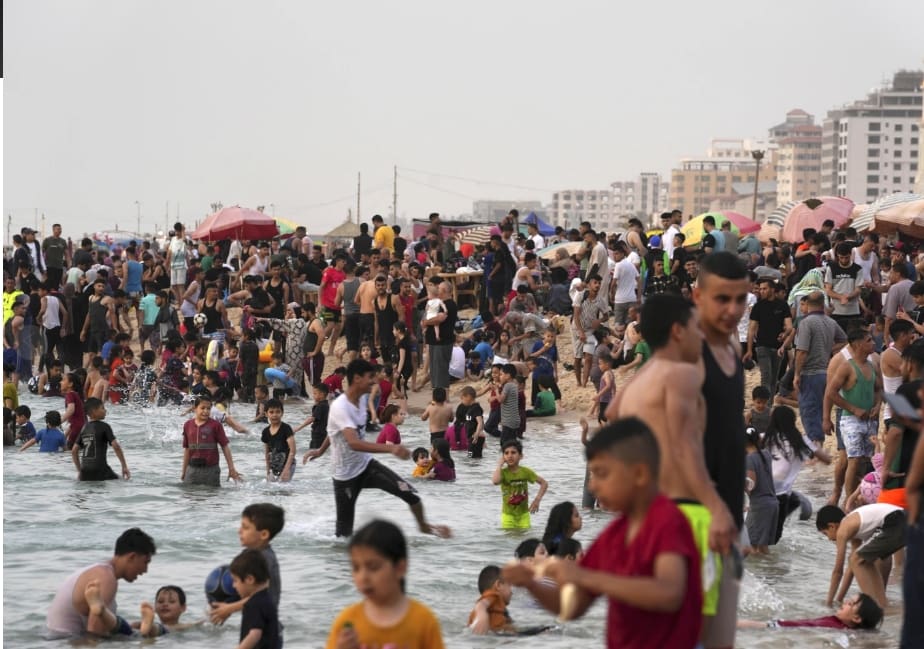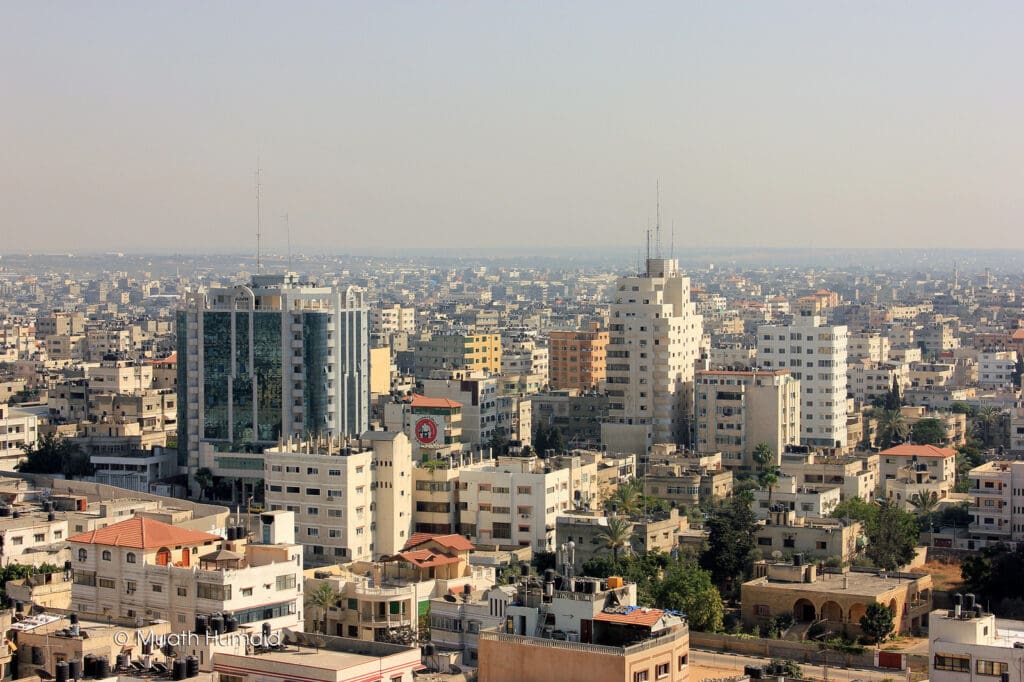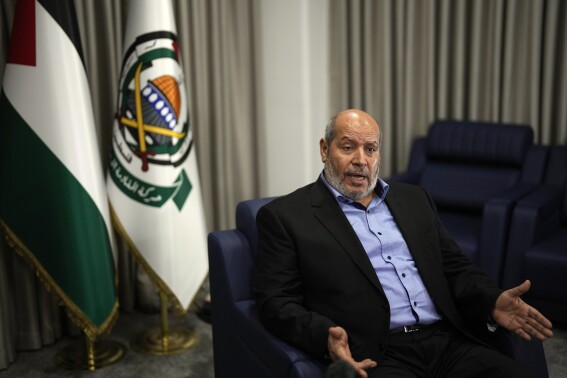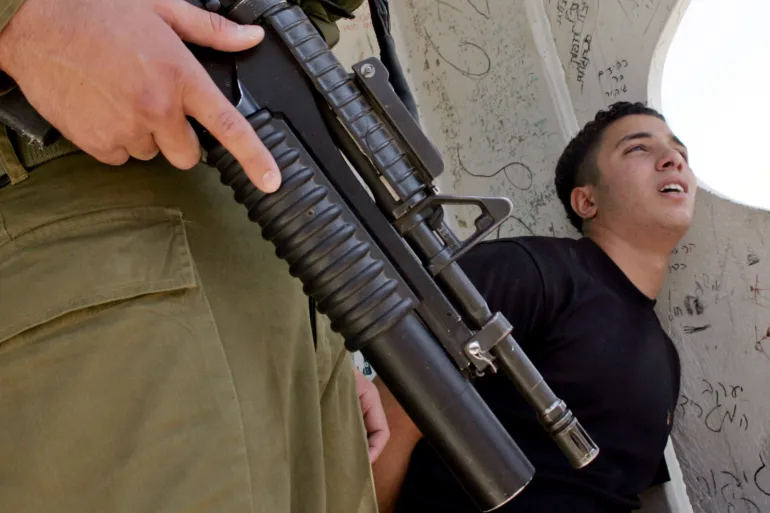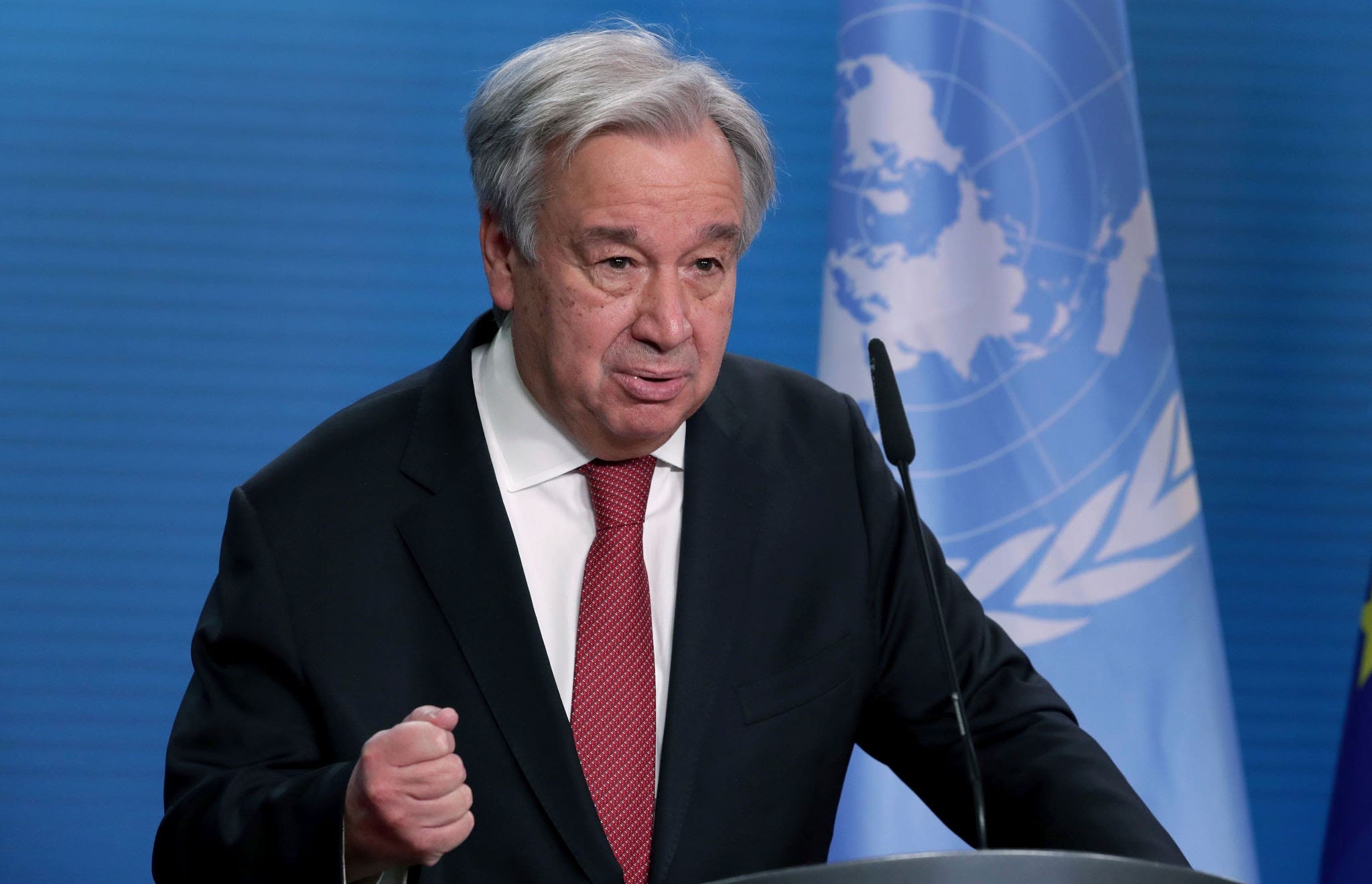When discussing humanitarian crises, it’s essential to examine the factors that contribute to such situations. To illustrate, let’s compare two cities: Gaza City in Gaza and Bnei Brak in Israel.
| City | Gaza city, Gaza | Bnei-Brak, Israel |
| Population density | 16,249 | 30,000 |
| Unemployment rate | 44% (Gaza Strip) | 0.4% |
Does anyone claim that Bnei Brak needs humanitarian help?
No, Bnei Brak, despite its high population density, does not face the same issues as Gaza City. The residents of Bnei Brak do not experience the extreme levels of unemployment or other critical shortages that lead to a humanitarian crisis.
Are people in Bnei Brak homeless or unemployed?
No, Bnei Brak has a very low unemployment rate of 0.4%, and homelessness is not a significant issue. This is in stark contrast to Gaza City, where the unemployment rate is alarmingly high at 44%, contributing to widespread poverty and economic instability.
Is there a lack of electricity or gas in Bnei Brak?
No, Bnei Brak has reliable access to electricity and gas. On the other hand, Gaza City frequently suffers from shortages of these essential services, further exacerbating the living conditions of its residents.
The Role of Terror Organizations in Gaza
A significant issue contributing to the humanitarian crisis in Gaza is the presence and activities of multiple terror organizations. These groups enforce severe control over the Gazan population, leading to death, torture, and starvation. The terror organizations operating in Gaza exacerbate the economic and infrastructural challenges, making it difficult for the population to achieve any semblance of normalcy. The activities of these groups create a hostile environment that perpetuates poverty and suffering.
Bnei Brak, Israel
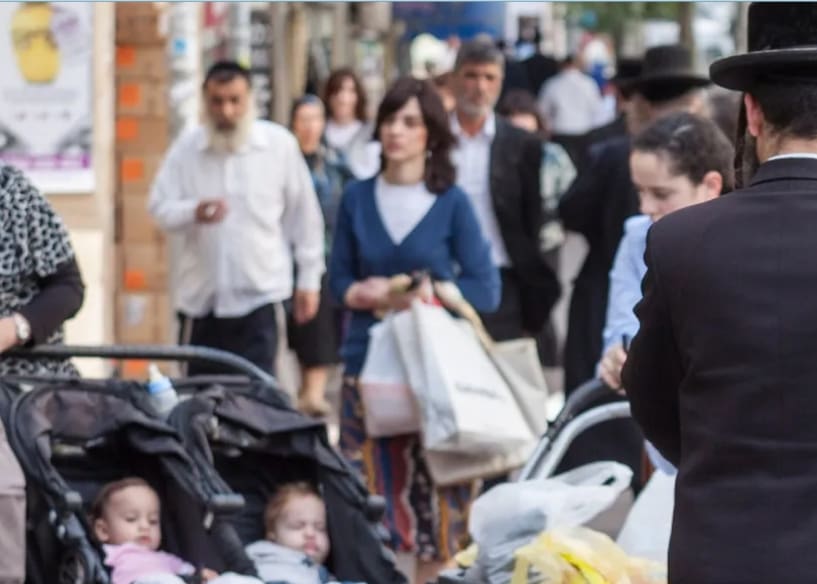
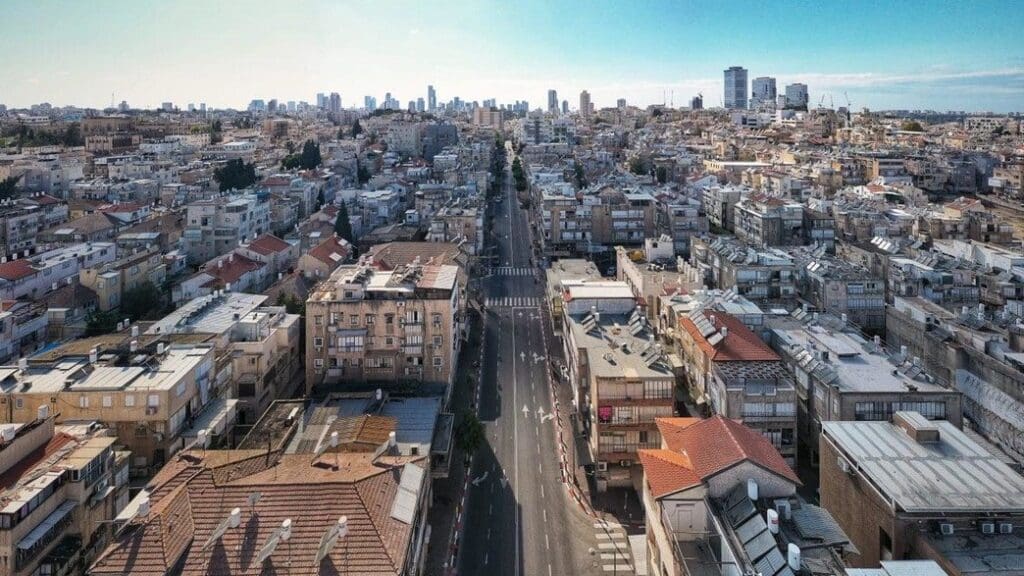
gaza, gaza strip
